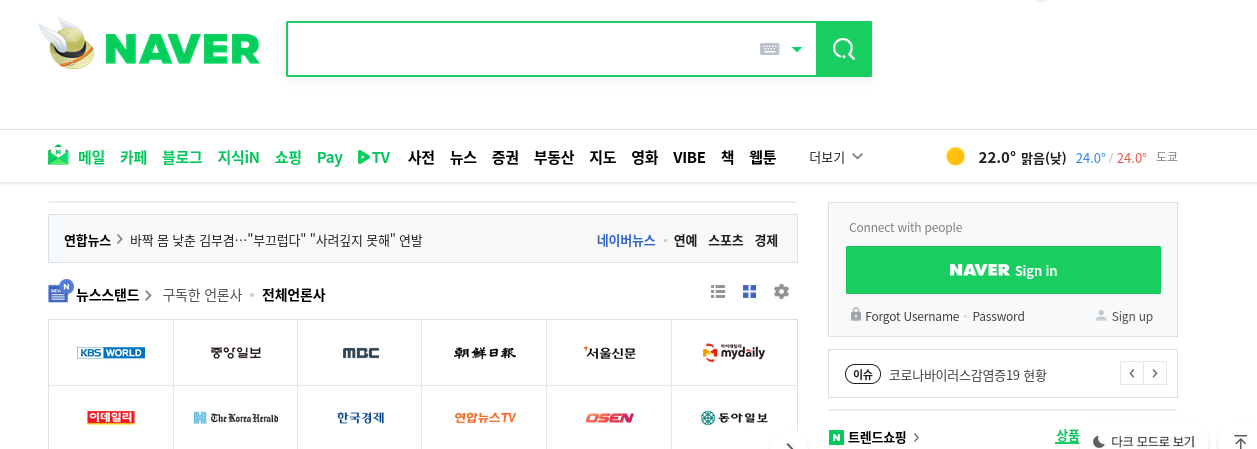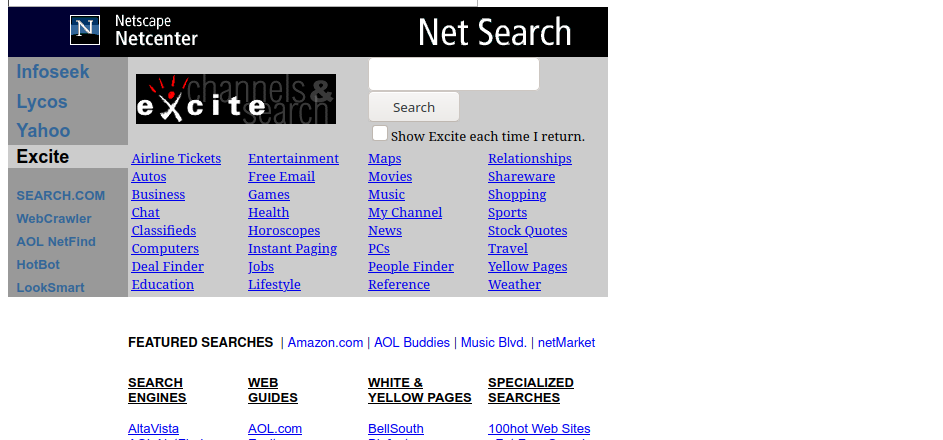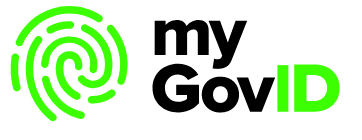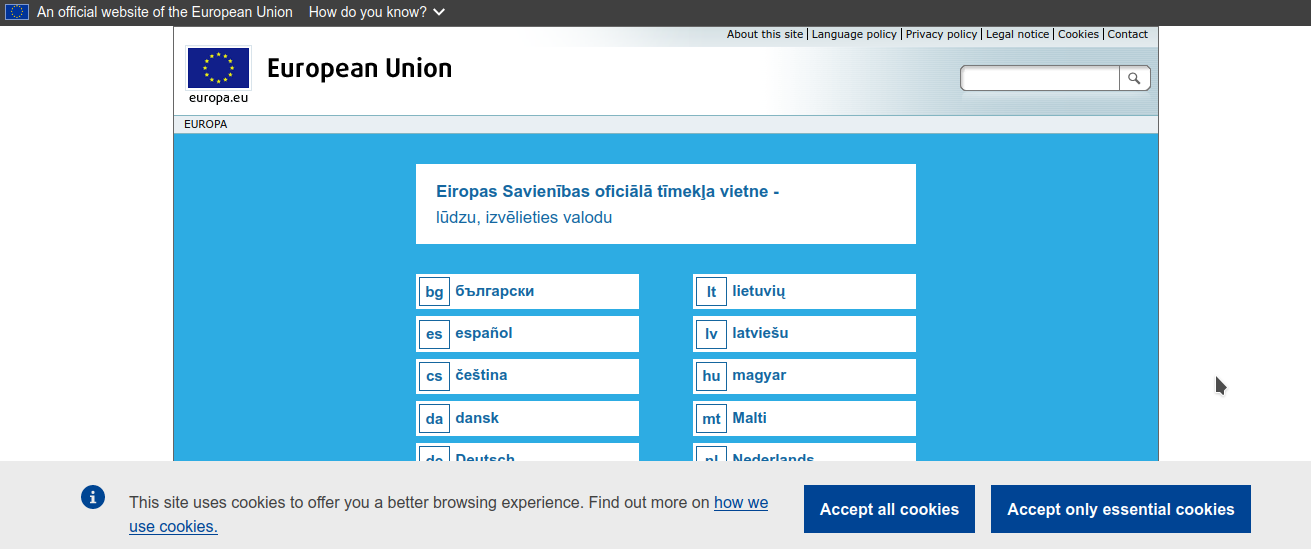Introduction – What is a Web Portal

A web portal is a specially designed website that aggregates information from various sources in a consistent manner.
Typically, each information source has its own dedicated area on the page for displaying data. Portals enable enterprises to provide a consistent “look and feel” for multiple applications and databases, as well as access control and procedures.
Horizontal and vertical web portals are terms that are used to describe different types of web portals.
A vertical portal is a highly specialized entry point into a particular market or industry niche. Vertical portals are also referred to as “vertical information portals” in some cases (VIPs) VIPs offer news, editorial content, digital publications, and e-commerce functionality.
Horizontal portals however are typically generic and contain a mix of unrelated content grouped together in categories.
Background history
Mainstream web portals originally became popular in the late 1990’s as the internet rapidly grew, early web directories & portals where often peoples gateway to the internet and served as a central place to discover content before search engine technology evolved and made many portals obsolete.
Despite the shifts over time web portals are still very popular within organizations which often have private “intranet” portals for their employees to access internal business resources like knowledge bases, documentation and potentially files and documents.
Other portals exist for end-users to create their own start pages with their favorite links/bookmarks and share them with others such as this one.
In addition there are many popular vertical category leading websites which act as portals for a specific industry such as Expedia (travel) and Zappos (eCommerce website for shoes).
Examples
Here are some more examples of current and historic Web Portal platforms:
Naver

Naver is a popular search engine and web portal operating in South Korea and provides a range of content from it’s homepage such as email, videos, blogs, news and weather updates.
Naver also includes it’s own search engine technology but is largely focused around it’s portal design acting as a one-stop shop for internet users in South Korea.
AOL

Despite the decline in popularity of AOL over the years they still maintain a web portal as shown above which includes daily news updates, emails, games and a search engine which at the time of publishing returns search results from the Microsoft Bing search engine.
Netscape (defunct)

In the early days of the internet Netscape was one of the most popular web browsers, at it’s peak the company also included a web portal pictured above to help users navigate their way online which featured “Net Search” and a start page with links to different websites and search engines to find additional information.
MyGov (Australian Government Portal)

MyGov is another example of a public portal and serves as the current central hub for Australian’s to access Government services such as taxes, child support, education/university, health and housing services.
Europa.eu (European Government Portal)

Last on the list is Europa.eu which is the European Union’s (EU) central portal for member country citizens to access and manage various Government services such as public procurement, public statistical data and more.
Conclusion
We hope you found this page to be helpful, if so be sure to check out our other glossary entries and share this content with anyone you think could benefit.
AGR Technology is a Australian based business providing a range of digital solutions to other businesses including Software Development, Website Design/Hosting & Digital Marketing.
If you would like your own web portal for your business be sure to contact us here or find us on our social profiles.
Also check out our software utilities, blog and videos for more content and technical resources.
Citation(s):
Web portal. (2021, April 18). Retrieved May 06, 2021, from https://en.wikipedia.org/wiki/Web_portal
Photo by HalGatewood.com on Unsplash
![logo-new-23[1] logo-new-23[1]](https://agrtech.com.au/wp-content/uploads/elementor/thumbs/logo-new-231-qad2sqbr9f0wlvza81xod18hkirbk9apc0elfhpco4.png)